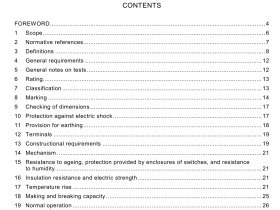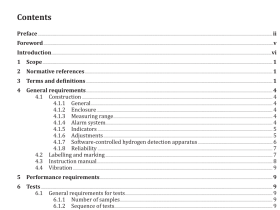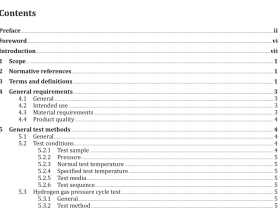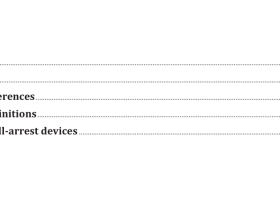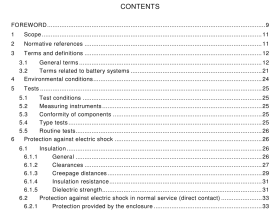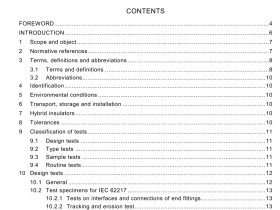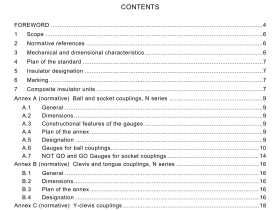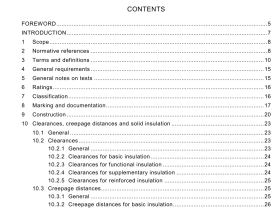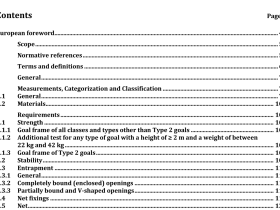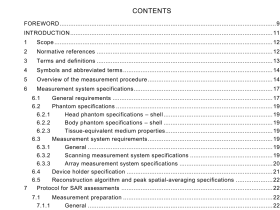AS 1576.6 pdf download
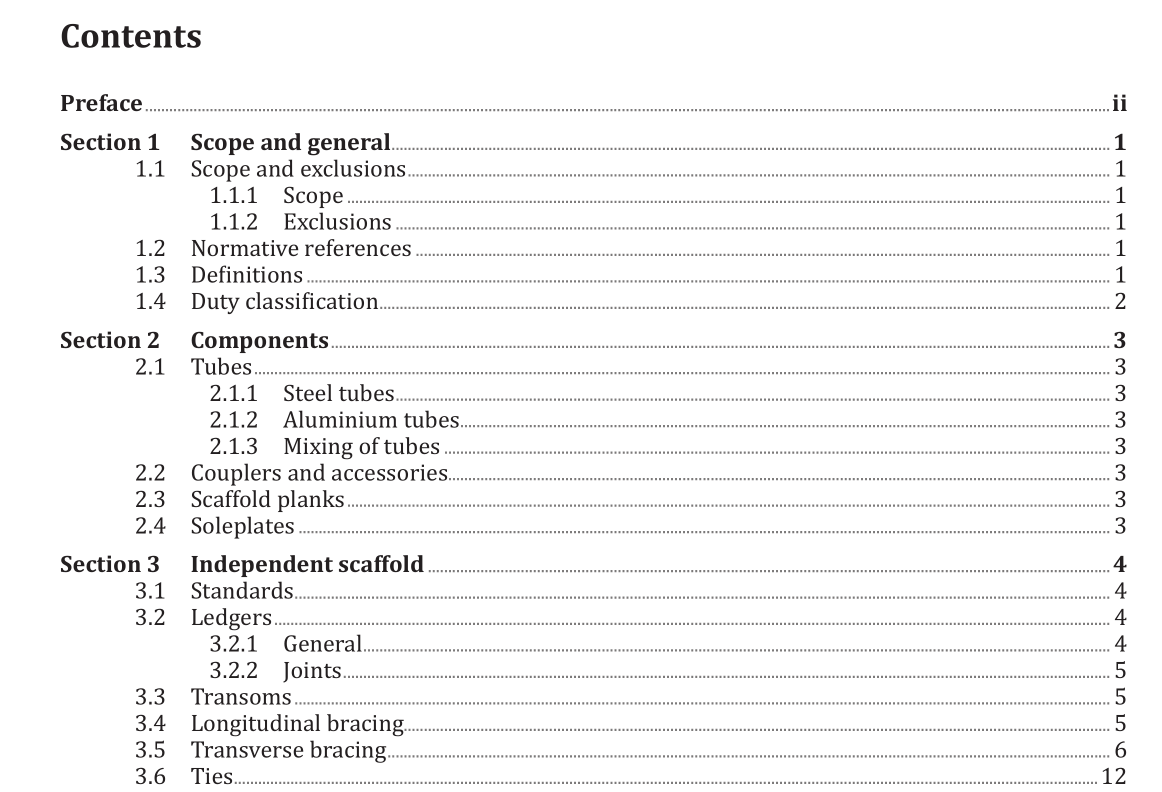
AS 1576.6 pdf download.Scafolding
1.1 Scope and exclusions
1.1.1 Scope This Standard specifies requirements for unsheeted metal tube-and-coupler scaffolding that does not exceed 30 m in height to top working platforms deemed to conform to the performance requirements of AS/NZS 1576.1 for light, medium and heavy duty loads. 1.1.2 Exclusions This Standard does not apply to一 a prefabricated (modular) scaffolds (see AS 1576.3); (b) scaffolding installations that require specific engineering design to establish the strength of any part of the scaffold or the adequacy of the supporting structure; and NOTE Examples of scaffolding installations that require a specific engineering design are access openings, cantilever scaffolds, catch platforms (fans), drilled-in anchors, trusses and tube-and-coupler scaffolds that support any form of screening (e.g. chain-wire mesh, fabricated-mesh panels, plastic sheeting, plywood, shade cloth). [c] scaffold components used as temporary edge protection (see AS/NZS 4994.1) where they do not form part of the scaffold. 1.2 Normative references The following documents are referred to in the text in such a way that some or all of their content constitutes requirements of this document. NOTE Documents referenced for informative purposes are listed in the Bibliography. AS 1892.1, Portable ladders, Part 1: Performance and geometric requirements AS/NZS 1163, Cold-formed structural steel hollow sections 1.3.2. reveal tie scaffolding assembly used in compression within a reveal to secure a scaffold to a structure 1.3.3 shall indicates that a statement is mandatory 1.3.4 should indicates a recommendation 1.35. uplift lifting of one end of a plank, caused by a downward force being applied to the other end of the plank 1.4 Duty classification The duty classification of working platforms shall conform to AS/NZS 1576.1. Duty live loads shall include impact forces and the weight of persons, materials, debris, tools and equipment. The following duty classifications and minimum widths of working platforms shall apply: a] Light duty – A load of 225 kg (including a single concentrated load of up to 120 kg) per bay, per working platform level and a working platform width of not less than 450 mm. (b) Medium duty一A load of 450 kg (including a single concentrated load of up to 150 kg) per bay, per working platform level and a working platform width of not less than 675 mm. [c) Heavy duty – A load of 675 kg (including a single concentrated load of up to 200 kg) per bay, per working platform level and a working platform width of not less than 900 mm. NOTE The number of working platform levels allowed will depend on the type of scaffold, bay size and the height of the scaffold. Table 3.3 and Table 3.4 indicate the duty and number of working platform levels for steel tube installations and aluminium tube installations respectively.
2.1 Tubes
2.1.1 Steel tubes Steel tubes shall一 a be manufactured by the electric resistance weld process (ERW); (b) have a minimum yield strength of 250 MPa and shall conform to AS/NZS 1163; [C) have a nominal outside diameter of 48.3 mm; and [d) have a nominal wall thickness of 4.0 mm [a galvanized tube with a nominal wall thickness of 3.2 mm may be used). 2.1.2 Aluminium tubes Aluminium tubes shall have – – a] a minimum yield strength of 240 MPa; (b) a nominal outside diameter of 48.4 mm; and [C) a nominal wall thickness of 4.47 mm. 2.1.3 Mixing of tubes Steel tubes and aluminium tubes shall not be mixed in the one scaffold, except for guardrails, midrails . or other members that have an independent structural function. NOTE For example, standards support load in conjunction with other standards and with spur braces, so groups of these elements should be of the same material. A jointed vertical standard assembly will accumulate load down a load path; so the material should be consistent throughout to ensure predictable structural action, unless specific engineering design has been applied.
